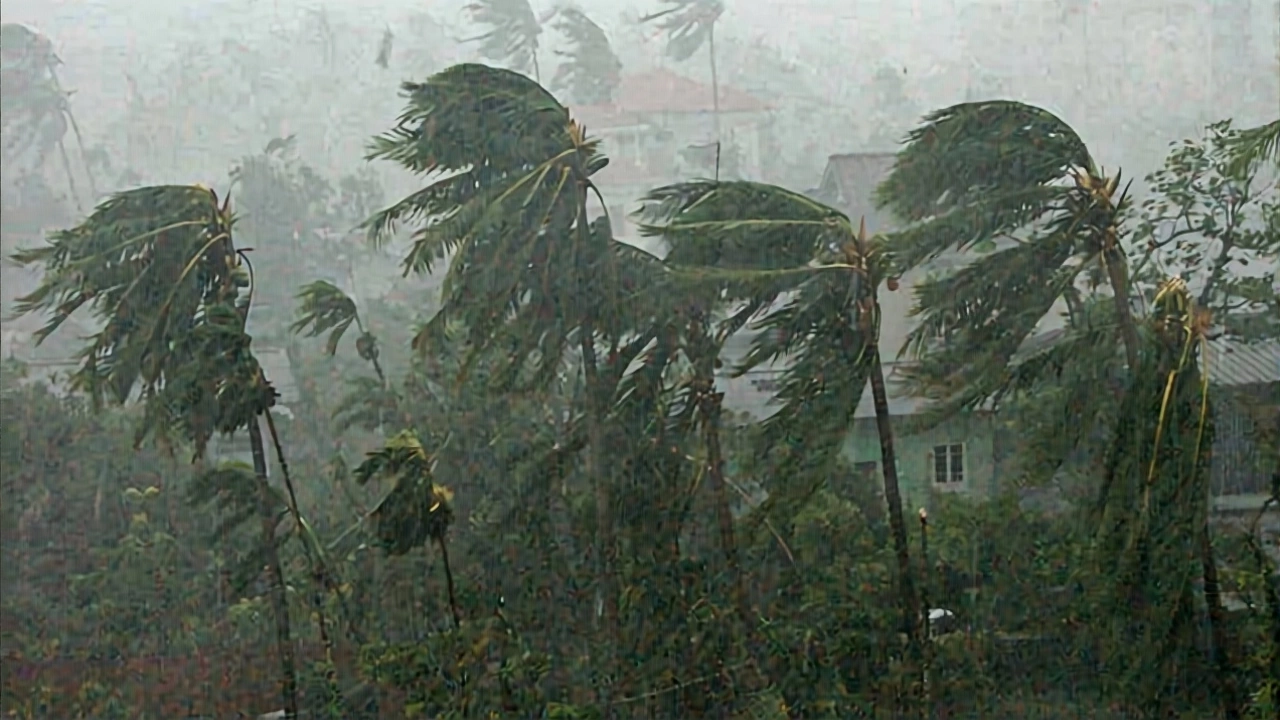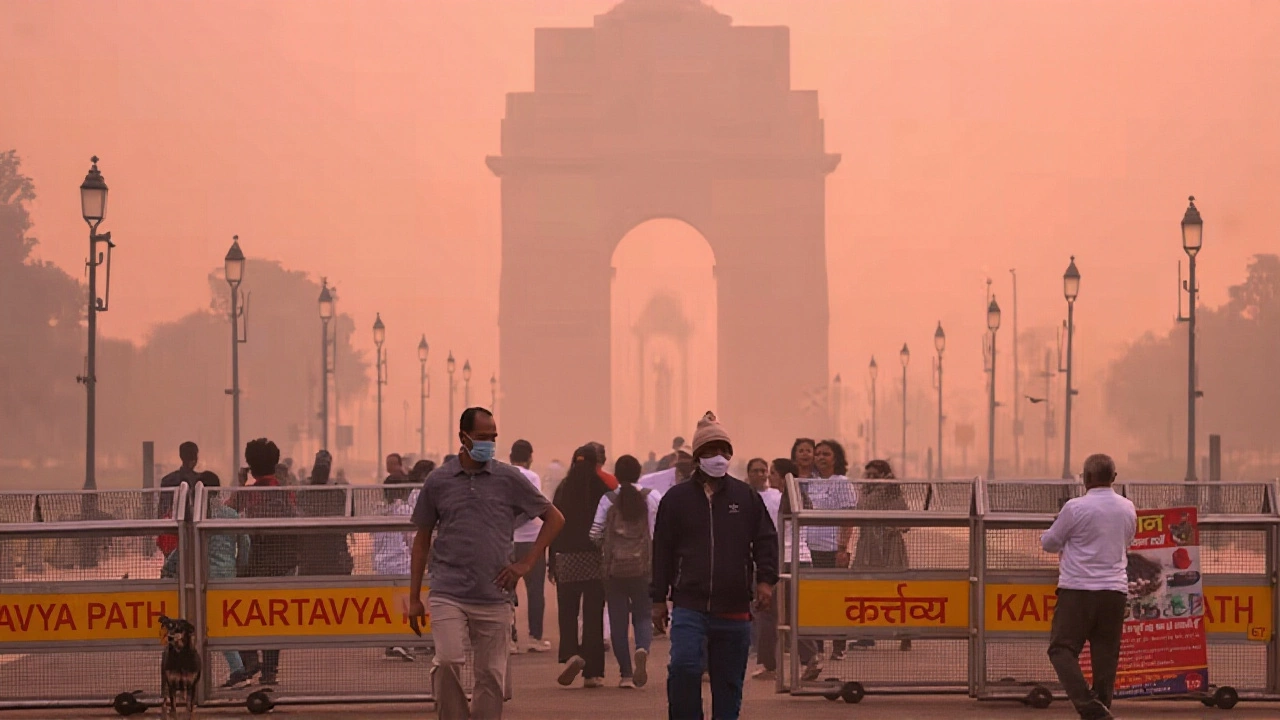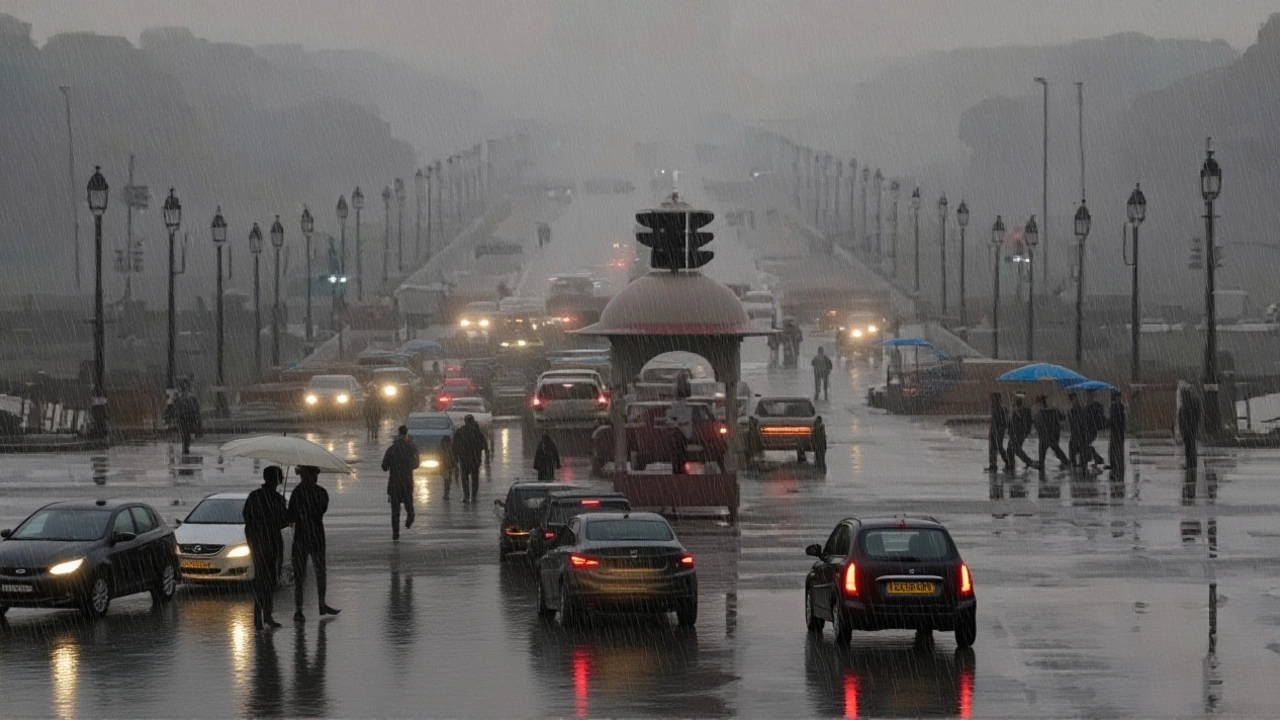When the Air Quality Index hit 322 in Bawana on the morning of October 30, 2025, Delhi-NCR didn’t just wake up to a foggy day—it woke up to a public health emergency. With multiple monitoring stations recording AQI levels above 300, the Commission for Air Quality Management activated GRAP Stage II measures, triggering a cascade of restrictions aimed at curbing the worst air pollution in years. The drop in temperature, the absence of rain, and near-still winds have turned the region into a pollution trap, and experts warn this is only the beginning of what’s typically the most dangerous season for respiratory health.
Winter’s Arrival, Pollution’s Surge
On October 30, 2025, Delhi-NCR saw AQI readings of 308 in RK Puram, 307 in Anand Vihar, and 302 in Ashok Vihar—all firmly in the 'very poor' bracket. Even areas like Dwarka Sector 8 and ITO, often cleaner than the north and west, crossed 298 and 306 respectively. This wasn’t a fluke. From September’s relatively mild 98 AQI ('Moderate'), the region saw a staggering 97.9% spike in pollution. Compared to October 2024’s 174 AQI, this year’s 194 represents a 11.4% worsening, despite a slight annual improvement since 2020. The irony? Delhi’s annual 2025 AQI of 140 is its best in five years. But seasonal spikes still make it the world’s most polluted megacity, with levels routinely hitting 700+ between October and February.
Why the Air Is Trapped
It’s not just about smoke from fields in Punjab and Haryana, or tailpipes choking the roads. It’s the weather. The India Meteorological Department confirmed that wind speeds have dropped from 14 kmph to just 10 kmph. Cold, dry air—currently sitting at 17-18°C minimum—is sinking and forming a lid over the city. Pollutants don’t rise. They don’t blow away. They pool. And with no rainfall expected until at least November 4, 2025, that lid is staying firmly in place. The Cyclone Montha landfall in Andhra Pradesh and an active Western Disturbance over the Himalayas have brought cloud cover and mist, but not the rain needed to wash the air clean. Instead, they’ve created a damp, stagnant blanket that makes the pollution feel even thicker.
What’s Being Done—And What’s Not
The Commission for Air Quality Management has deployed water sprinklers across 50+ key intersections and is running cloud seeding trials—though Minister Manjinder Singh Sirsa admits the results are still experimental. 'Our focus is to assess how much rainfall can be triggered under Delhi's real-life humidity conditions,' he said. 'With every trial, science guides our actions—for the winter and all year round.'
More concrete steps are in place: Starting November 1, 2025, all non-BS-VI commercial vehicles are banned from entering Delhi. Construction sites larger than 20,000 square feet have been ordered to halt work. But these are reactive, not preventive. The real culprits—stubble burning, coal-fired power plants in neighboring states, and outdated public transport infrastructure—remain largely untouched by local measures.

Health Risks Are Real—and Rising
At Artemis Hospitals, emergency rooms are already seeing a 40% spike in asthma and bronchitis cases since mid-October. 'Children under five and elderly patients with COPD are being admitted at twice the normal rate,' said Dr. Priya Mehta, head of pulmonology. 'We’re seeing patients who used to manage their conditions with inhalers now needing oxygen support.' The elderly, outdoor workers, and pregnant women are being urged to stay indoors. Schools may be next—if AQI climbs past 400, GRAP Stage III could mean closures.
The Bigger Picture: A Pattern, Not a Surprise
Delhi’s winter pollution isn’t new. It’s a script rewritten every year. The same winds. The same stubble fires. The same lack of systemic change. What’s different now? The data is sharper. The monitoring is real-time. And public awareness is higher. Yet, policy responses remain fragmented. The Central Pollution Control Board tracks 39 stations across the region, feeding data to the CAQM, but enforcement relies on local agencies with limited resources. Meanwhile, the Delhi-NCR population grows by 1.2 million each year, adding more vehicles, more construction, more emissions.

What’s Next?
Temperatures are expected to dip further, with minimums hitting 17°C by November 1 and possibly 15°C by mid-November. That means more inversion layers. More trapped smoke. More hospital visits. The CAQM says it will review AQI levels every 48 hours. If readings exceed 450, schools could shut. If they hit 500, even private vehicles may face odd-even rationing. But without coordinated action from Punjab, Haryana, and Uttar Pradesh—where stubble burning is still legal in many districts—Delhi will keep breathing poison every winter.
Background: A Decade of Decline and Delay
Since 2015, Delhi’s annual AQI has hovered between 150 and 175. The 2020 spike to 153 came after a nationwide lockdown briefly cleared the air—only for pollution to surge back harder. The 2022 Supreme Court-mandated ban on crop burning led to a temporary dip, but enforcement collapsed by 2023. The CAQM, formed in 2021 to replace the outdated GRAP system, was supposed to be the fix. Yet, it still lacks the power to penalize state governments. Meanwhile, the public waits, masks on, windows shut, wondering why the same crisis repeats.
Frequently Asked Questions
How does this affect children and the elderly?
Children under five and seniors over 65 are seeing a 40% rise in respiratory emergencies at hospitals like Artemis, with many requiring oxygen support. Their lungs are more vulnerable to PM2.5 particles, which penetrate deep into the bloodstream. Even short-term exposure increases asthma attacks and hospitalizations, with no safe threshold established by the WHO.
Why hasn’t stubble burning been stopped?
While Punjab and Haryana offer subsidies for machines that manage crop residue, many farmers still burn because it’s cheaper and faster. Enforcement is weak, and state governments lack the infrastructure to monitor thousands of fields. The CAQM can’t penalize states—it can only recommend actions. Without binding inter-state agreements, pollution will keep flowing into Delhi.
Will cloud seeding actually help?
So far, cloud seeding trials have shown minimal results. Delhi’s humidity is too low for reliable rain formation, and even when clouds are seeded, precipitation is sporadic and localized. Experts say it’s more a public relations tool than a solution. Real air cleanup requires wind, rain, or massive emission cuts—not artificial clouds.
What’s the difference between GRAP Stage II and Stage III?
Stage II bans non-BS-VI vehicles and halts large construction. Stage III adds school closures, odd-even traffic rationing, and a complete ban on diesel generators. Stage IV, triggered above 600 AQI, includes shutting down all non-essential industries. The CAQM escalates based on 24-hour averages, not hourly spikes, giving officials time to act before chaos hits.
Is Delhi’s annual AQI improvement meaningful?
Yes—but it’s misleading. Delhi’s 2025 annual AQI of 140 is its best since 2018, thanks to cleaner public transport and industrial upgrades. But the winter spike—where levels regularly exceed 500—still dominates the year. Annual averages smooth out the crisis. For residents, it’s the 90-day winter period that matters most.
When will things get better?
Not until late November or early December, when wind speeds typically pick up again and cold fronts bring rain. But even then, pollution rebounds quickly if stubble burning continues. Without systemic changes across the Indo-Gangetic plain, this cycle will repeat every year—until the air becomes too toxic to ignore.
